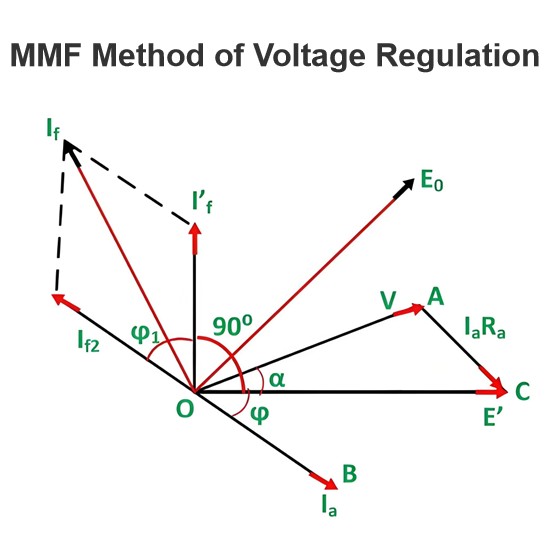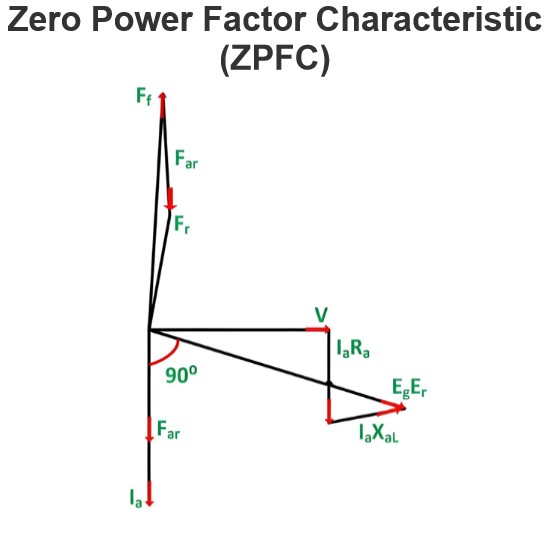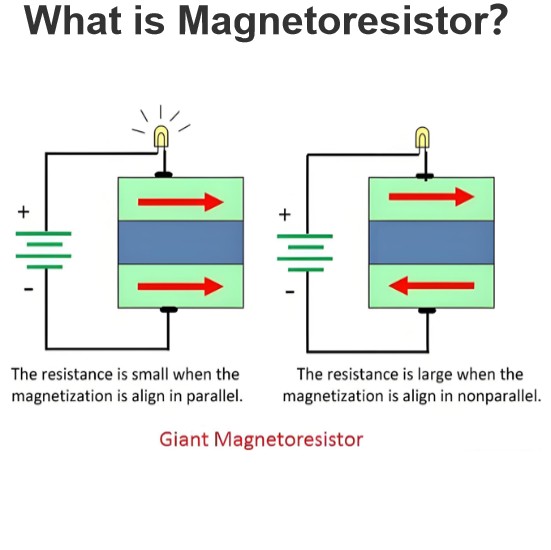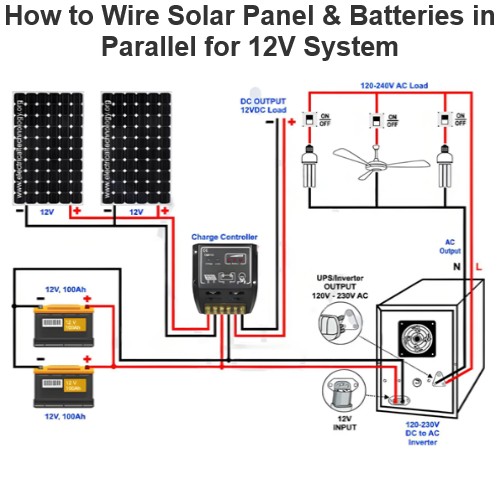What is Electrical Grid?
Definition
An electrical grid, also known as a power grid, is defined as a comprehensive network that integrates power generation, transmission, and distribution units. Its primary function is to facilitate the transfer of electrical power from power generation sources to end - users. A substantial amount of electricity is transmitted from power generation stations to load centers at voltages of 220kV or even higher. The network composed of these high - voltage transmission lines is referred to as the super grid. The super grid, in turn, supplies power to the sub - transmission network, which typically operates at 132kV or lower voltages.
Types of Electrical Grids
Power stations within an electrical grid are often situated close to fuel sources to minimize system transportation costs. However, this usually means they are located far from densely populated areas. The high - voltage electricity generated at these stations is stepped down using step - down transformers in substations before being distributed to consumers. Electrical grids can be mainly categorized into two types:
Regional Grid
A regional grid is established by linking various transmission systems within a specific geographical area through transmission lines. This type of grid serves to optimize power distribution and management at a local or regional level, ensuring that the electricity demands of the area are met efficiently.
National Grid
The national grid is formed by interconnecting multiple regional grids. It provides a unified and extensive power distribution network across an entire nation, enabling the seamless transfer of electricity between different regions. This interconnected system helps in balancing the power supply and demand across the country, enhancing overall grid stability and reliability.
Reasons for Grid Interconnection
The interconnection of electrical grids offers several significant advantages. It allows for the optimal utilization of power resources, ensuring that energy is distributed efficiently across different areas. This interconnection also enhances the security of power supply, as failures in one part of the grid can be compensated for by power from other interconnected regions.
Moreover, grid interconnection contributes to the economic efficiency and reliability of the overall power system. By linking generating stations, it becomes possible to reduce the reserve generation capacity required in each individual area. This shared resource approach not only saves costs associated with maintaining excessive backup power but also improves the overall resilience and performance of the electrical grid.
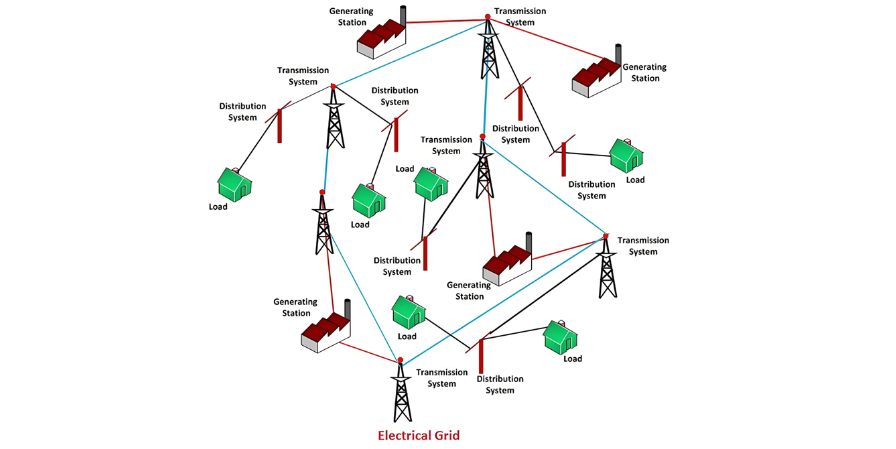
When there is a sudden surge in load or a loss of power generation within a specific zone of the electrical grid, that zone can draw power from adjacent interconnected areas. However, to ensure reliable interconnections, a certain amount of generating capacity, known as the spinning reserve, is essential. The spinning reserve comprises generators that are operating at normal speed and are poised to supply power immediately when needed.
Types of Interconnections
The interconnections between electrical networks can be primarily categorized into two types: the HVAC (High Voltage Alternating Current) link and the HVDC (High Voltage Direct Current) link.
HVAC (High Voltage Alternating Current) Interconnection
In an HVAC link, two alternating current (AC) systems are connected via an AC transmission line. For successful interconnection of AC systems, it is crucial to maintain a closely controlled frequency on both systems. In a 50Hz system, for instance, the acceptable frequency range typically lies between 48.5 Hz and 51.5 Hz. This type of interconnection is referred to as a synchronous interconnection or synchronous tie, as it creates a rigid connection between the two AC systems.
Despite its widespread use, AC interconnection has several limitations, and the interconnection of AC systems often faces the following challenges:
- Frequency Disturbance Propagation: Since the interconnection of two AC networks is synchronous, any frequency fluctuations in one system are quickly transmitted to the other. This can lead to instability across the interconnected network.
- Power Swing Impact: Power swings in one AC system can significantly affect the other. Large - scale power swings may trigger frequent tripping of protective devices, potentially causing major faults within the system. In severe cases, such faults can lead to the complete collapse of the entire interconnected AC network.
- Increased Fault Levels: Connecting an existing AC system to another via an AC tie line can increase the fault level. This occurs because the additional parallel line reduces the equivalent reactance of the interconnected system. However, if both AC systems are connected to the same fault line, the fault level of each individual system remains unaffected.
HVDC (High Voltage Direct Current) Interconnection
A DC interconnection, or DC tie, offers a more flexible coupling between the two AC systems being connected. Unlike HVAC interconnections, DC ties are non - synchronous (asynchronous). The HVDC interconnection approach comes with several notable advantages:
- Frequency Independence: The asynchronous nature of the DC interconnection system allows for the connection of AC networks operating at either the same or different frequencies. This unique feature enables the seamless integration of diverse AC systems while allowing each system to maintain its own frequency standards and operate independently.
- Precise Power Flow Control: HVDC links can rapidly and reliably control the magnitude and direction of power flow by adjusting the firing angle of the converters. This precise control mechanism significantly enhances the transient stability limit of the interconnected system, ensuring more reliable power transmission.
- Power Swing Damping: By modulating the power flow through the DC tie, HVDC interconnections can quickly dampen power swings in the interconnected AC networks. This effectively improves the overall stability of the electrical grid, reducing the risk of cascading failures and enhancing system resilience.
In modern times, traditional electrical grids are increasingly being replaced by smart grids. Leveraging smart meters and intelligent appliances, smart grids offer enhanced operational efficiency, better demand - side management, and improved overall performance compared to their conventional counterparts.

